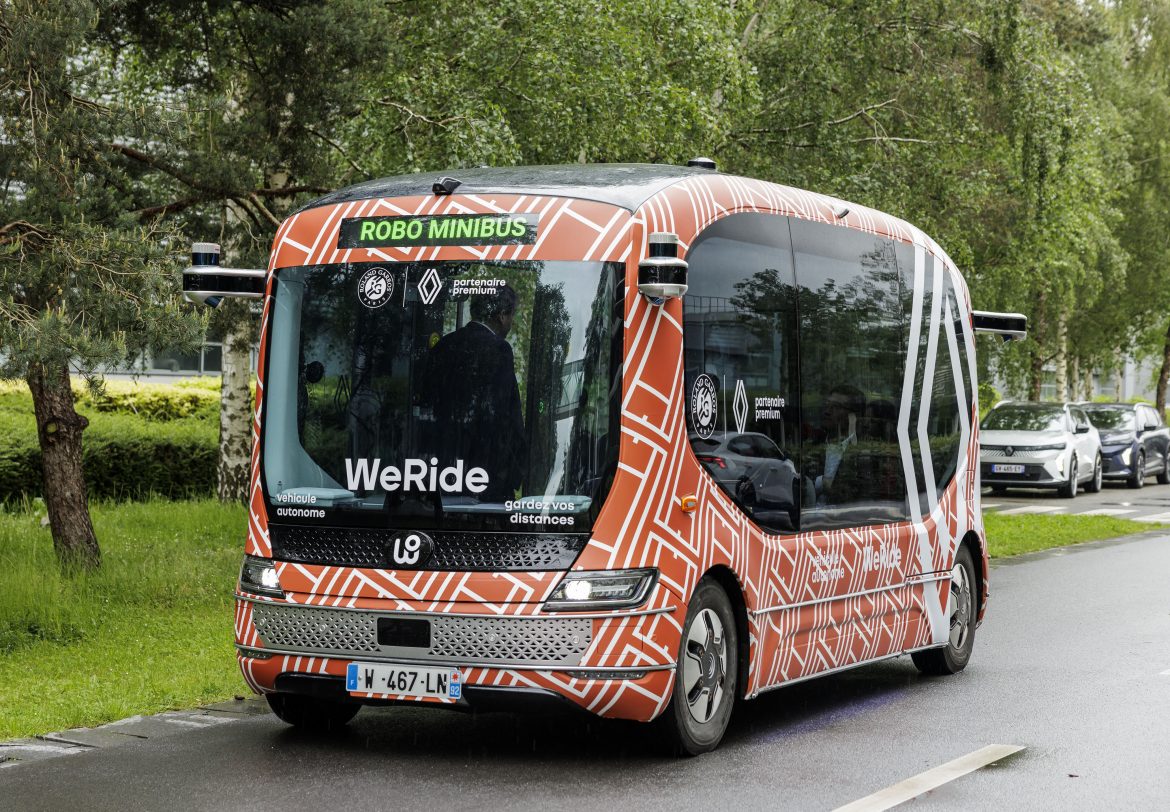These Level 4 autonomous vehicles will operate within a defined area, without a driver on board, but with remote monitoring. The initial pilot will be in Paris, shuttling passengers between Bois-de-Boulogne and the Roland-Garros stadium during the French Open tennis tournament.
The minibuses are based on the new Renault Master and will use automation technology from specialists EasyMile, Milla, and WeRide. WeRide, a leader in autonomous vehicle deployment with over 700 vehicles on the road globally, brings additional expertise to the project.
This focus on public transportation stems from Renault’s belief that demand for fully autonomous private cars will be low. However, they see significant potential for autonomous minibuses, particularly in the growing number of low-emission zones in European cities.
These electric, self-driving minibuses could offer a flexible and cost-effective complement to existing public transport options like metros, trams, and buses. The eliminated need for drivers could help offset the cost of the automation technology.
This isn’t Renault’s first foray into autonomous public transport. Their Mach 2 project, announced in 2023, aims to integrate a fleet of automated electric minibuses into Châteauroux’s public transport network by 2026.
Renault’s strategy positions them differently from competitors like Tesla and Hyundai, who are developing autonomous robo taxis for private use. Renault believes their public transport minibuses will be most valuable for situations where ridership is too low to justify a traditional bus, such as late at night or in suburban areas.



